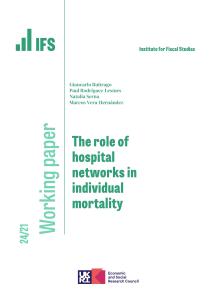Abstract
Objective: To determine the prevalence and change in social isolation and loneliness in people before and after THA and TKA in England.
Design: The English Longitudinal Study of Ageing dataset, a prospective study of community-dwelling older adults, was used to identify people who had undergone primary THA or TKA because of osteoarthritis. Social isolation was assessed using the ELSA Social Isolation Index. Loneliness was evaluated using the Revised University of California, Los Angeles (UCLA) Loneliness Scale. The prevalence of social isolation and loneliness were calculated and multilevel modelling was performed to assess the potential change of these measures before arthroplasty, within a two-year operative-recovery phase and a following two-year follow-up.
Results: The sample consisted of 393 people following THA and TKA. The prevalence of social isolation and loneliness changed from 16.9% and 18.8% pre-operative to 21.8% and 18.9% at the final post-operative follow-up respectively. This was not a statistically significant change for either measure (p=0.15; p=0.74). There was a significant difference in social isolation at the recovery phase compared to the pre-operative phase (p=0.01), where people following arthroplasty reported an increase in social isolation (16.9% to 21.4%). There was no significant difference between the assessment phases in respect to UCLA Loneliness Scale score (p≥0.74).
Conclusions: Given the negative physical and psychological consequences which social isolation and loneliness can have on individuals following THA or TKA, clinicians should be mindful of this health challenge for this population. The reported prevalence of social isolation and loneliness suggests this is an important issue.








